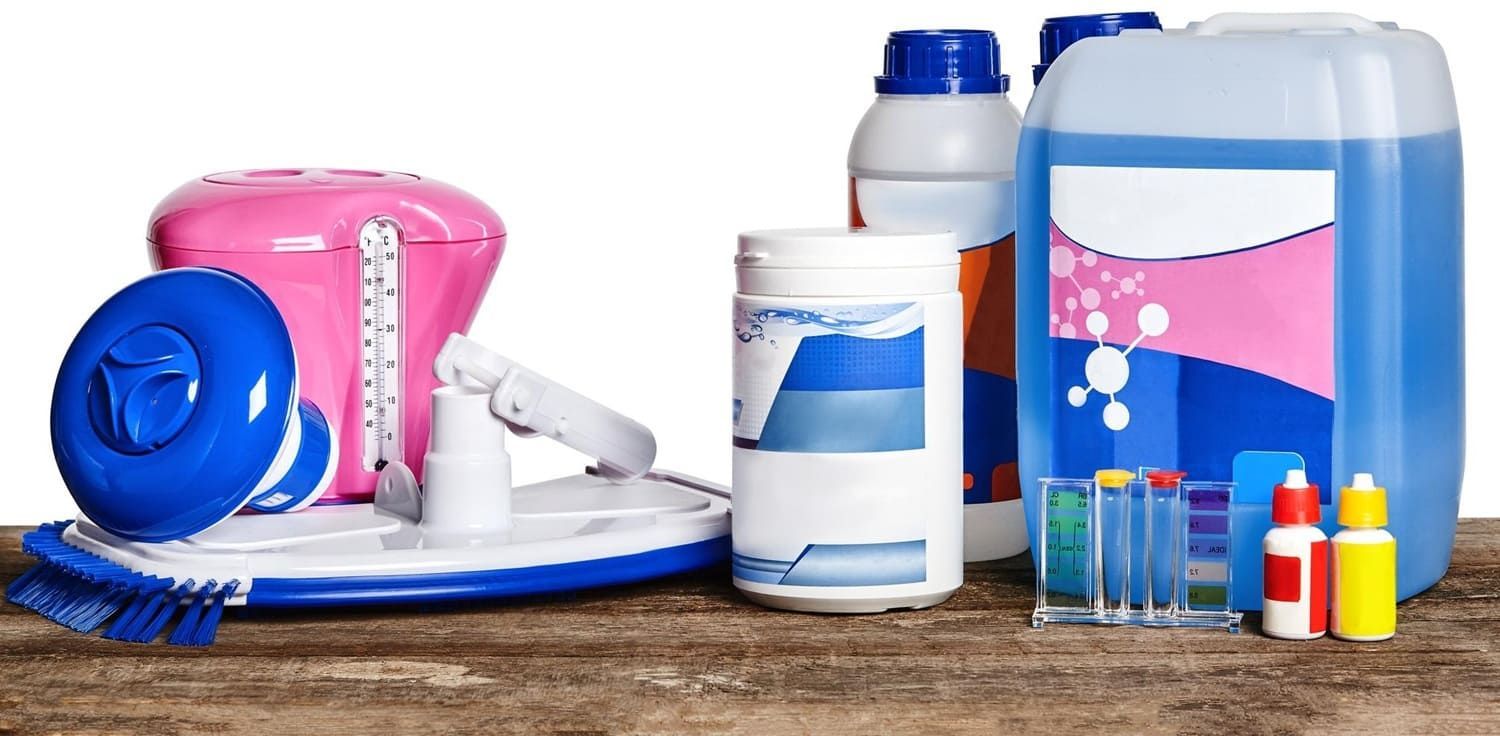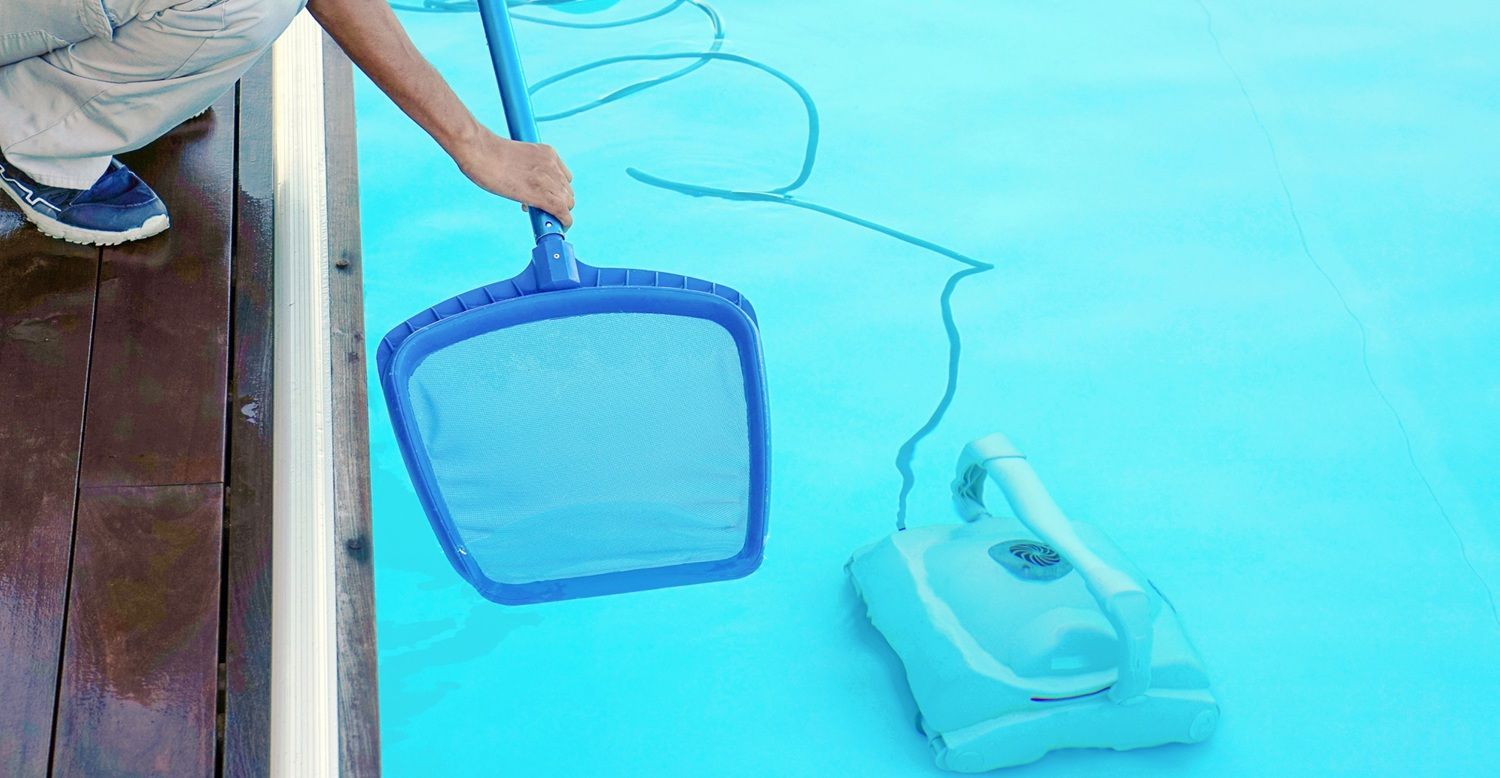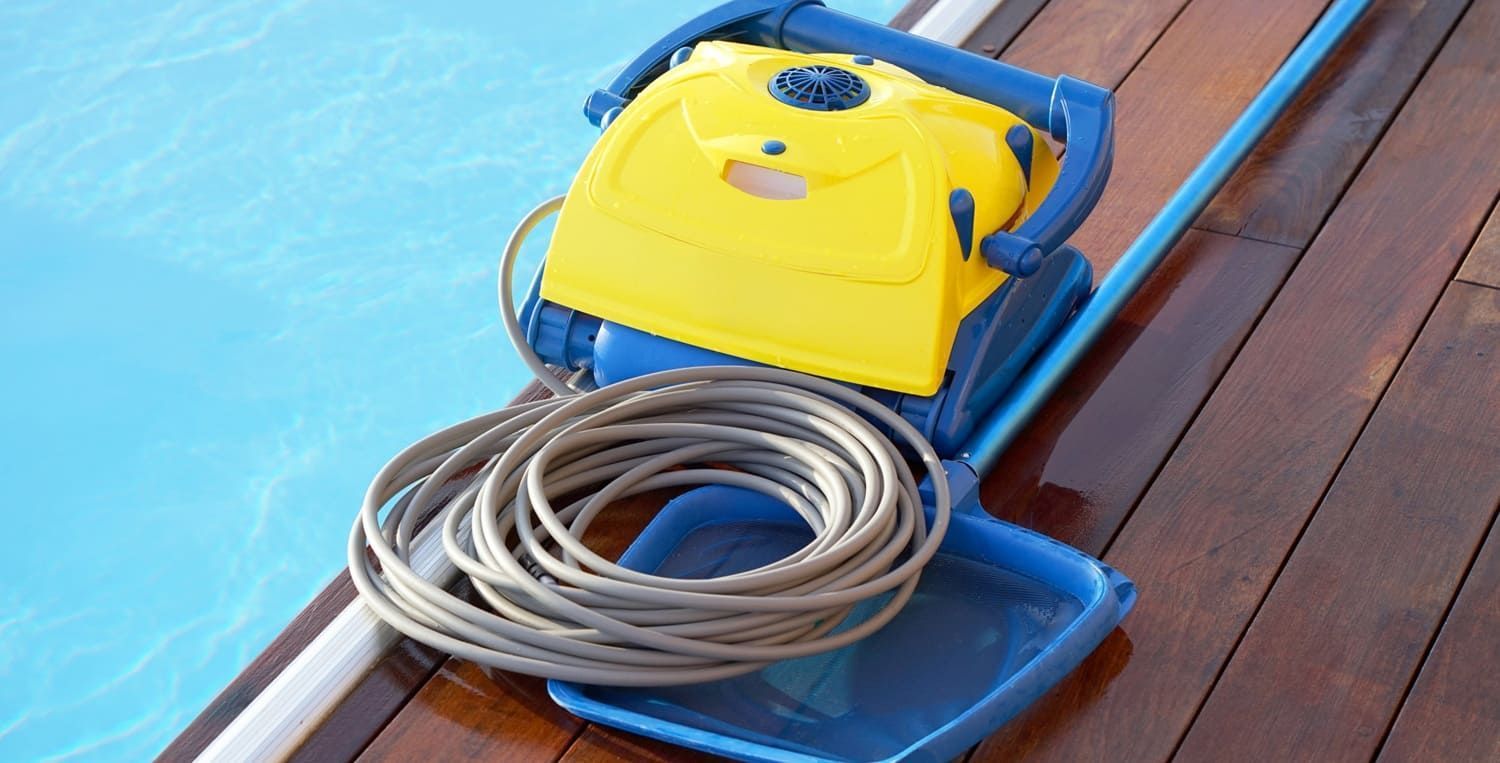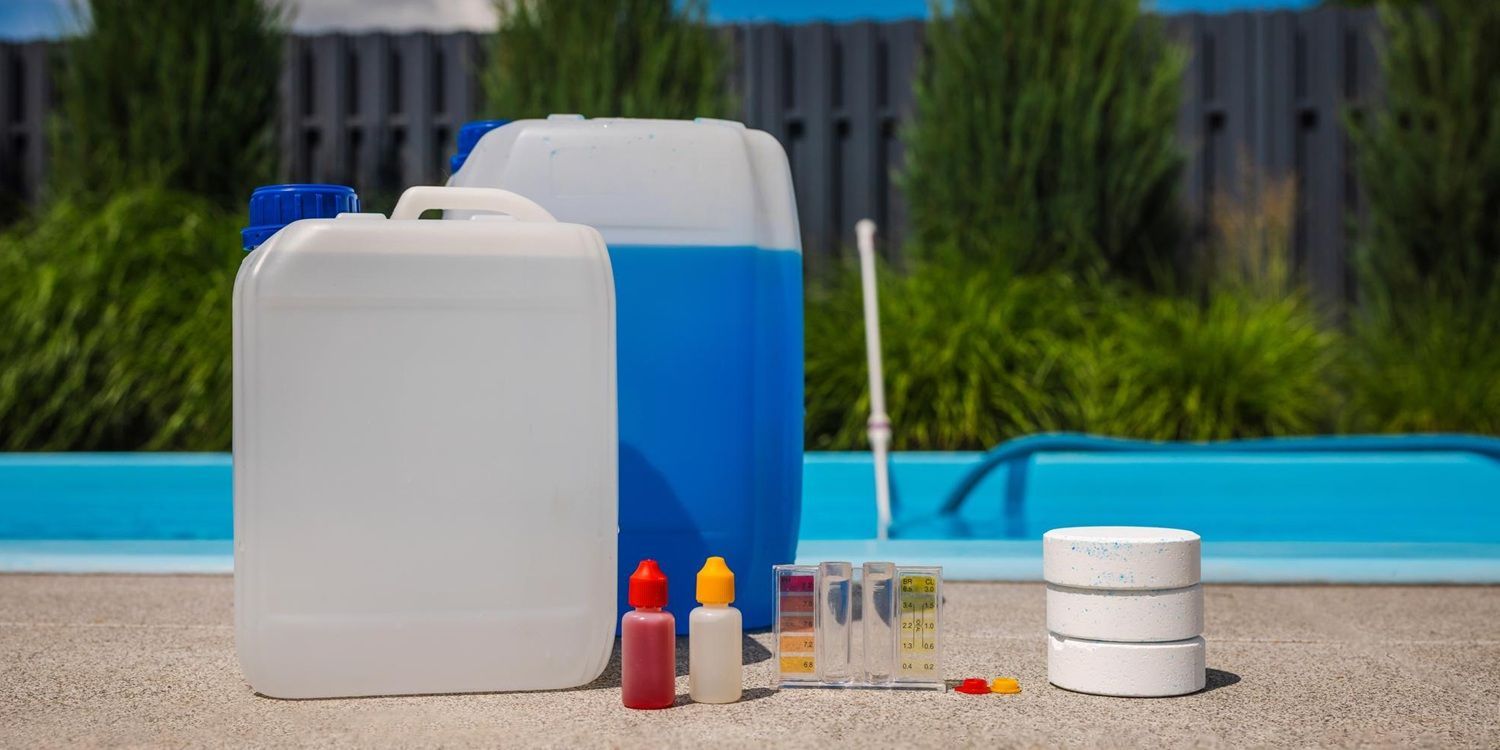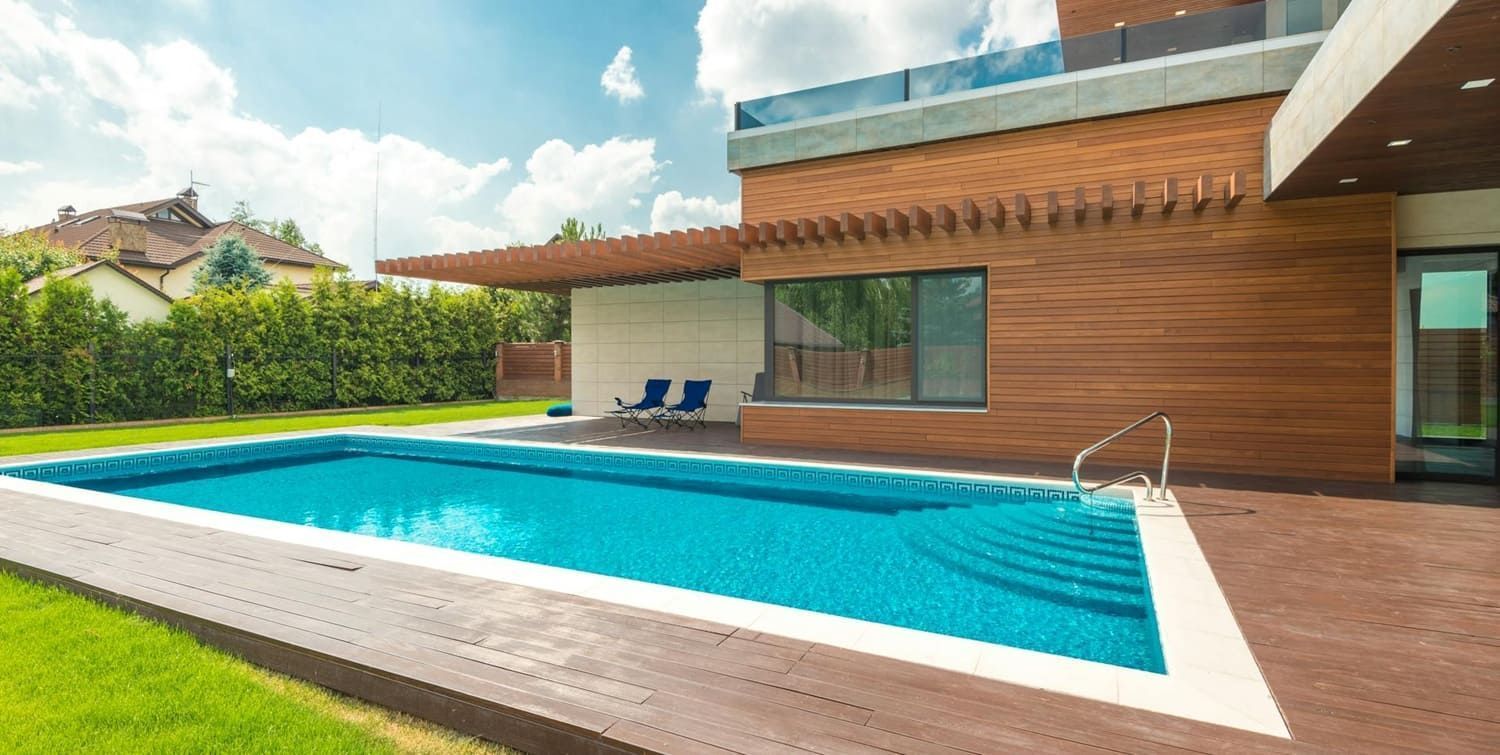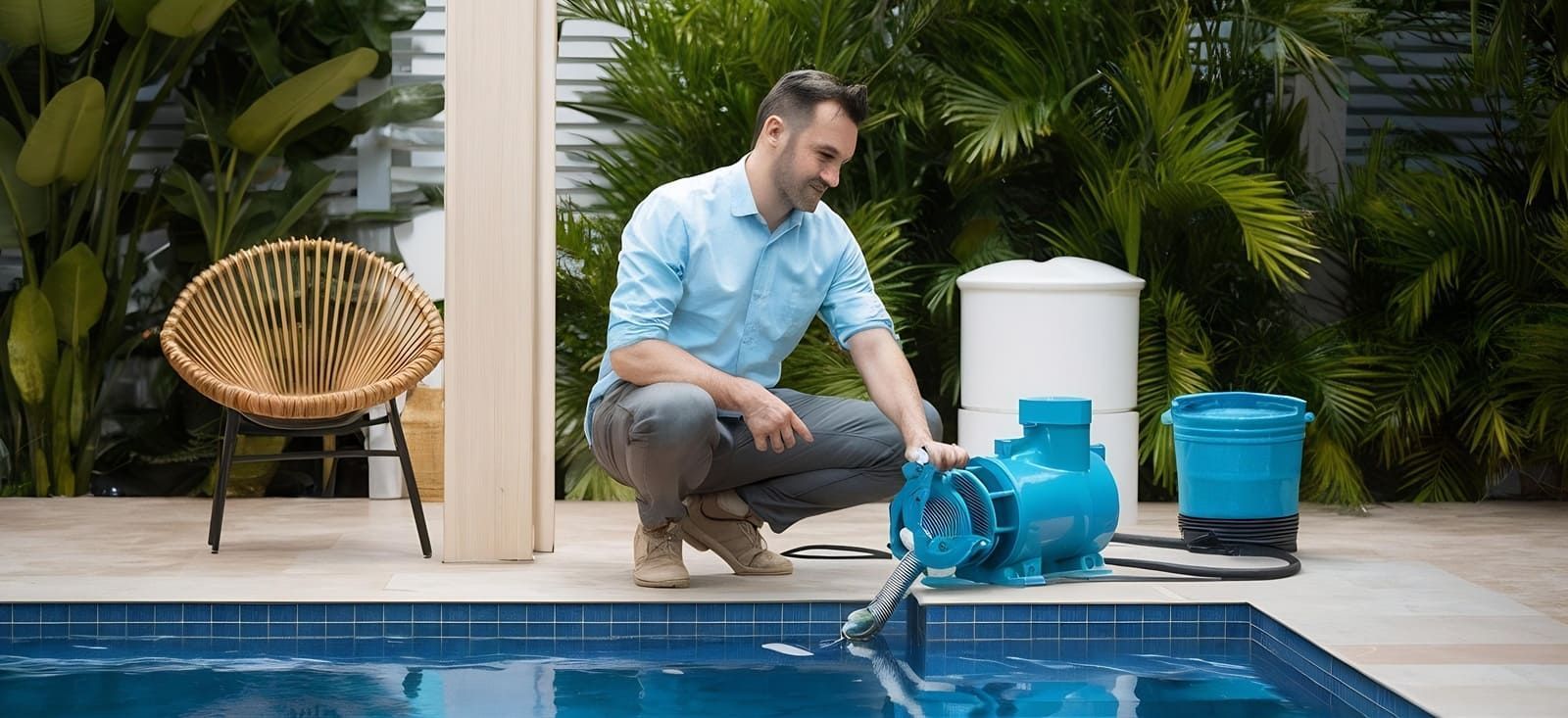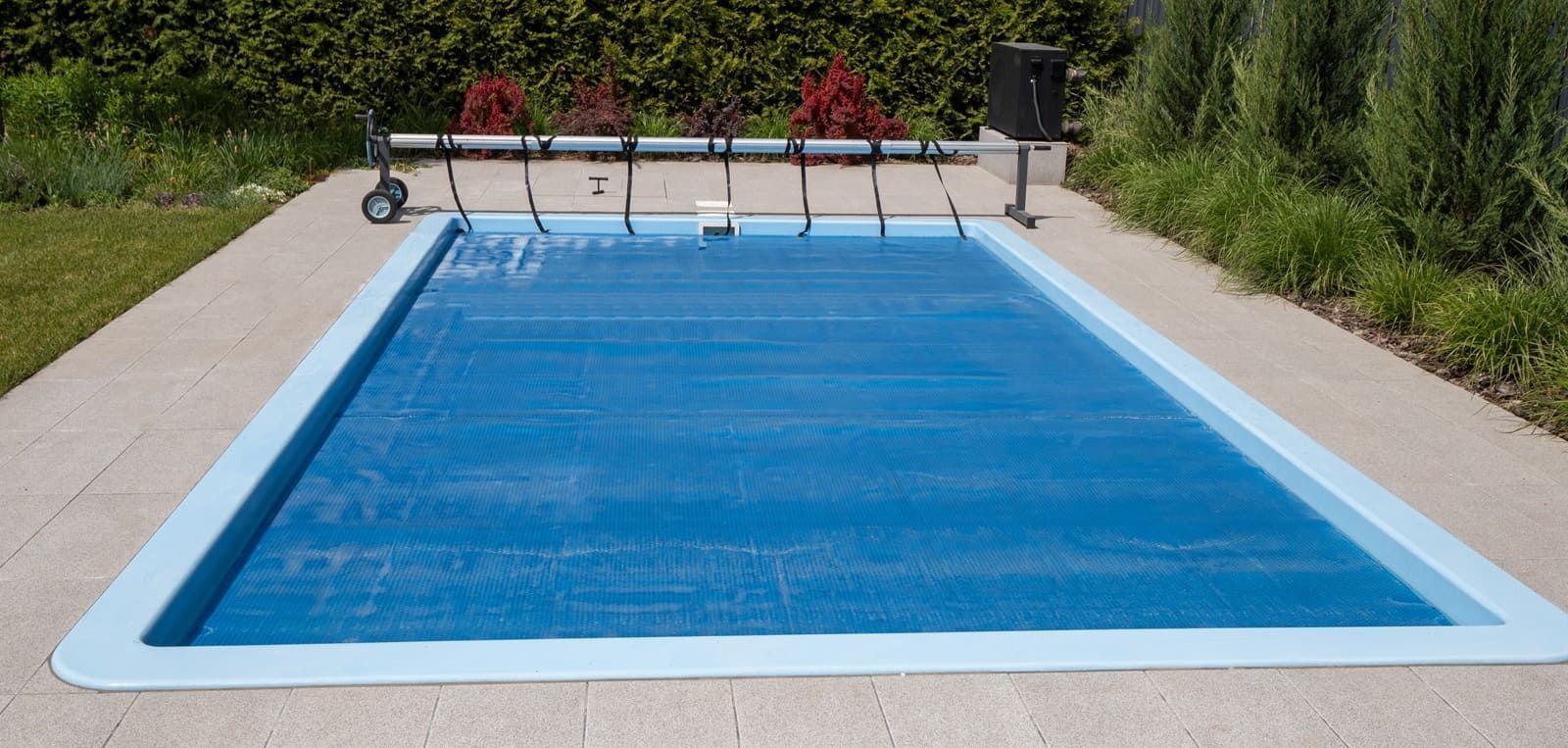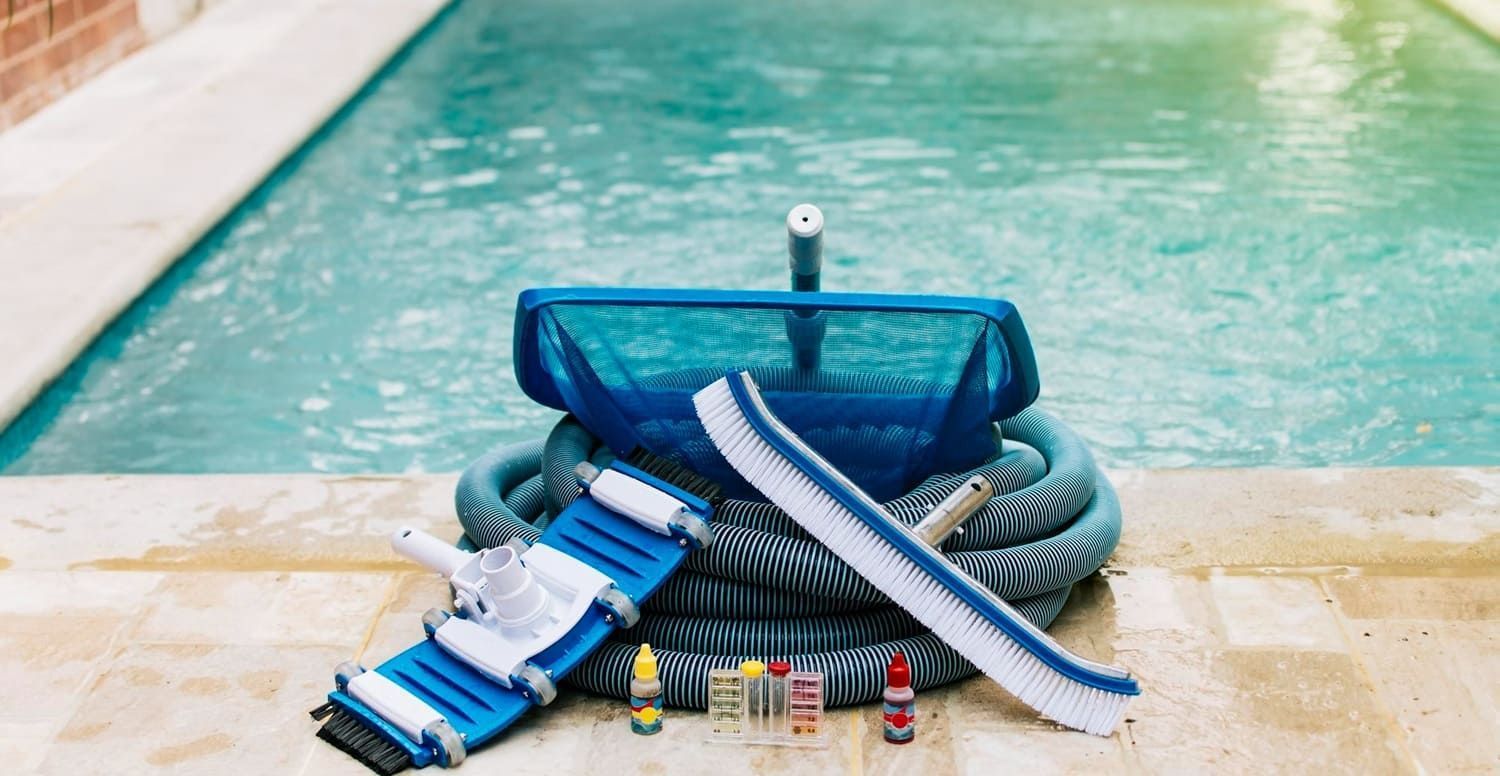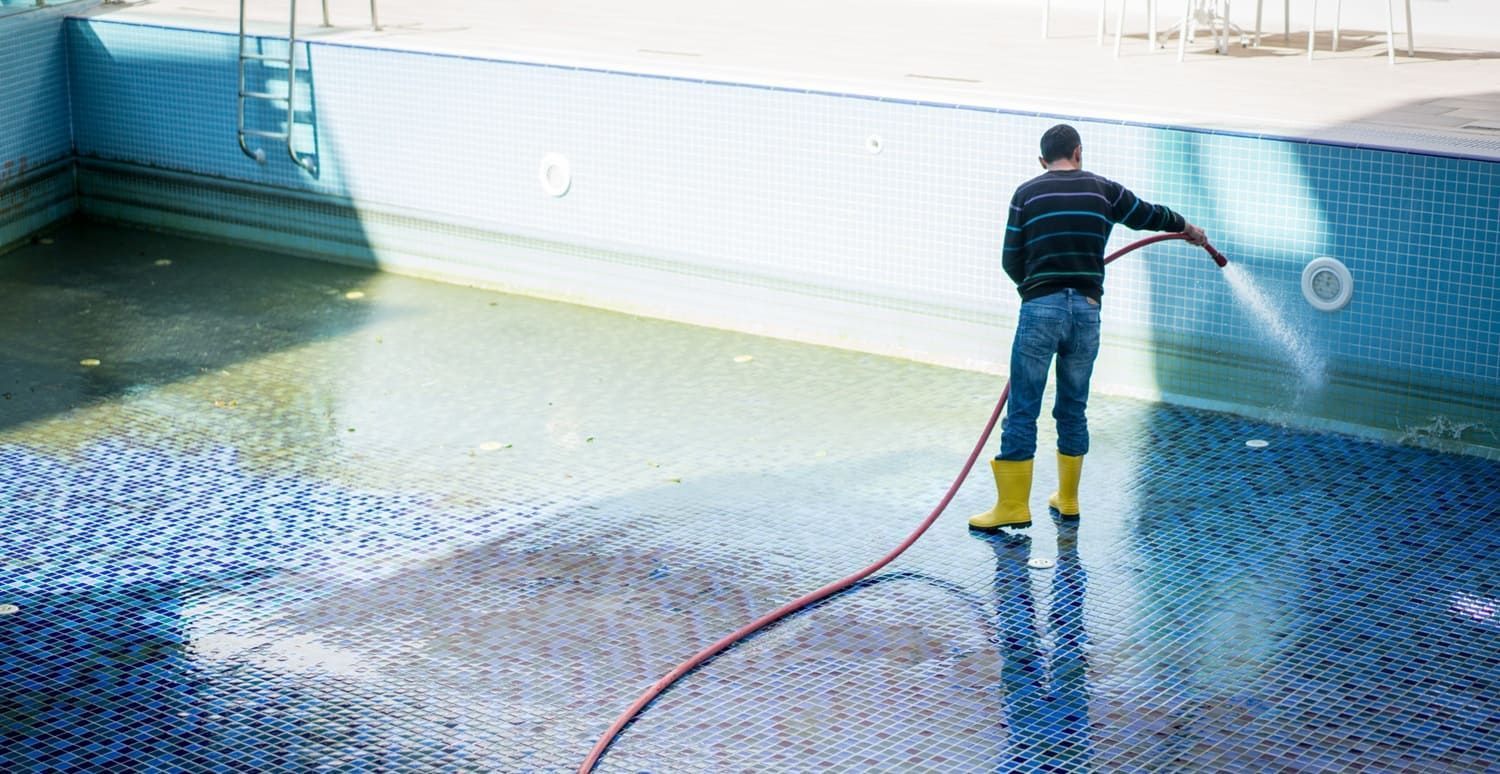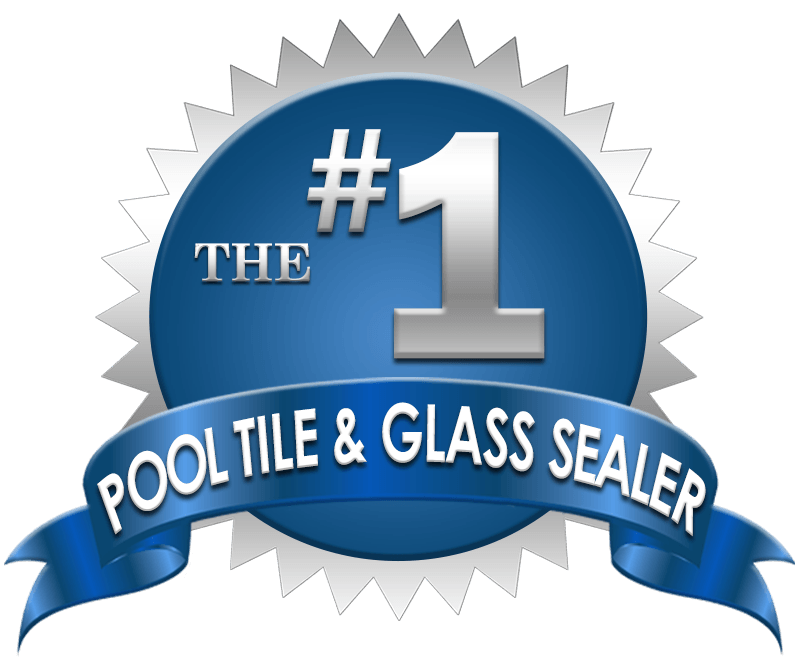10 Common Pool Problems and How to Prevent Them
LayorCare Blogger • October 24, 2018
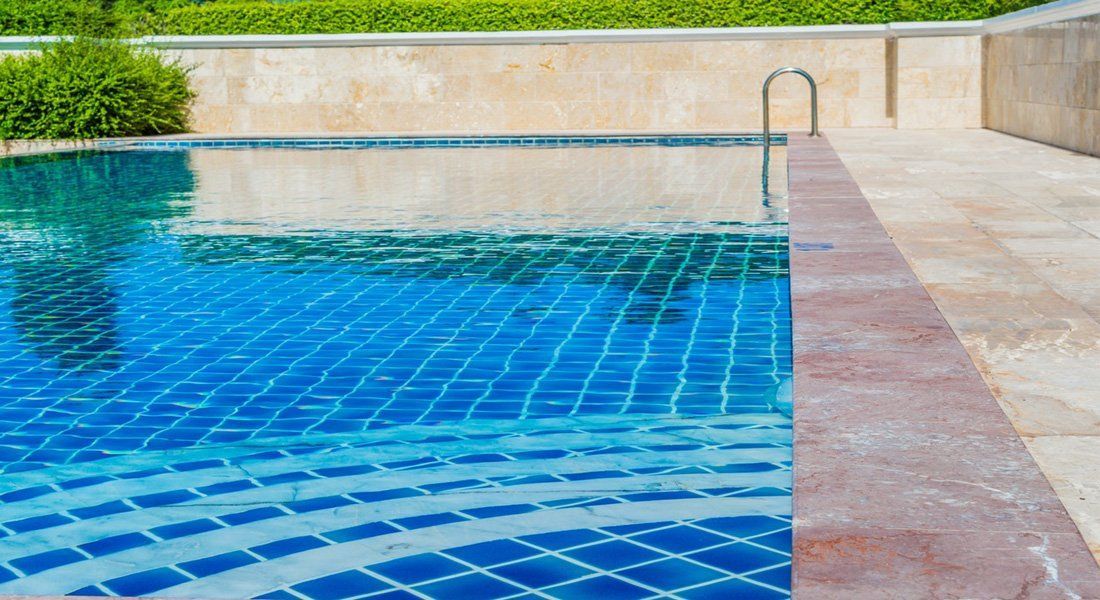
Did you know that swimming is the 4th most popular sport
in the United States?
And to fit the demand, the U.S. is home to 10.4 million residential pools and 309,000 public ones. It's almost like swimming is in our DNA.
Are you one of the almost 10 and a half million people who own a residential swimming pool? Lucky you. 36% of kids and teens and 15% of adults swim at least half a dozen times per year.
Owning a swimming pool is loads of fun - but it doesn't come without regular maintenance. Have you experienced any pool problems recently?
Don't get discouraged. It's bound to happen. All you can do is be aware of the most common issues and know how to avoid them.
We've provided you with all the info you need right here. What things might you expect to see if you own a pool?
And to fit the demand, the U.S. is home to 10.4 million residential pools and 309,000 public ones. It's almost like swimming is in our DNA.
Are you one of the almost 10 and a half million people who own a residential swimming pool? Lucky you. 36% of kids and teens and 15% of adults swim at least half a dozen times per year.
Owning a swimming pool is loads of fun - but it doesn't come without regular maintenance. Have you experienced any pool problems recently?
Don't get discouraged. It's bound to happen. All you can do is be aware of the most common issues and know how to avoid them.
We've provided you with all the info you need right here. What things might you expect to see if you own a pool?
1. Going Green
And not in an eco-conscious way. We're talking about algae.
If you're seeing green, that means that algae have built up. This usually comes after a long time neglecting proper cleaning and maintenance. If your pool is turning green, it's past time for service.
Algae is not uncommon when it comes to swimming pools, but it is avoidable. The use of certain chemicals can stave off growth. And regular cleaning is essential to keeping a clean look.
It's time to shock your pool. Not by yelling "Boo!", but by giving it a large dose of chlorine. A normal pH level is between 7.2 and 7.6. Aim for these numbers to keep your pool from cultivating algae growth.
Once your pool has gotten shocked, clean up the excess algae with a pool brush. The filter should do the rest of the
work.
If you're seeing green, that means that algae have built up. This usually comes after a long time neglecting proper cleaning and maintenance. If your pool is turning green, it's past time for service.
Algae is not uncommon when it comes to swimming pools, but it is avoidable. The use of certain chemicals can stave off growth. And regular cleaning is essential to keeping a clean look.
It's time to shock your pool. Not by yelling "Boo!", but by giving it a large dose of chlorine. A normal pH level is between 7.2 and 7.6. Aim for these numbers to keep your pool from cultivating algae growth.
Once your pool has gotten shocked, clean up the excess algae with a pool brush. The filter should do the rest of the
work.
2. An Overused Filter
A clogged, dirty filter is a working one!
This isn't the worst problem. In fact, it's one of the most common. And the solution is very easy.
Clean the filter!
A clogged filter in a pool doesn't do its best work. Much like the a/c filter in your home, if it's clogged, it's working much harder than it has to be.
Make sure to check your filter often. Spray it with a hose until it's clear and ready to get used again.
This isn't the worst problem. In fact, it's one of the most common. And the solution is very easy.
Clean the filter!
A clogged filter in a pool doesn't do its best work. Much like the a/c filter in your home, if it's clogged, it's working much harder than it has to be.
Make sure to check your filter often. Spray it with a hose until it's clear and ready to get used again.
3. A Scratchy Surface
Have you ever gotten out of the pool and noticed your toes were bloody or sore? Sounds bad because it is! A scratchy pool surface is no good for a swimmer's feet or their bathing suit.
The scratchy surface may be from whoever installed your pool - and what material they used. But chances are higher that it could be a result of calcium build-up. This gets tested using the same pH test as mentioned above.
The scratchy surface may be from whoever installed your pool - and what material they used. But chances are higher that it could be a result of calcium build-up. This gets tested using the same pH test as mentioned above.
4. Seeing Cloudy
Congratulations - your pool isn't green! But it isn't exactly clear, either.
Do you notice that your pool water seems a little cloudy? This could be for a few different reasons.
First, the environment that your pool is in. Is your pool screened-in? Or does it have access to all the elements of outside?
If your pool is open to nature, you may consider putting a screen over it. This lowers the amount of work your filter has to do, as well.
And speaking of the filter. Have you checked yours recently? A clogged filter could be contributing to your pool's cloudy appearance.
If all else fails, check your pool's chemical levels. You may have added too many chemicals in an attempt to shock or clean your pool. Use pH tests to confirm that you haven't overdone the chemicals.
Do you notice that your pool water seems a little cloudy? This could be for a few different reasons.
First, the environment that your pool is in. Is your pool screened-in? Or does it have access to all the elements of outside?
If your pool is open to nature, you may consider putting a screen over it. This lowers the amount of work your filter has to do, as well.
And speaking of the filter. Have you checked yours recently? A clogged filter could be contributing to your pool's cloudy appearance.
If all else fails, check your pool's chemical levels. You may have added too many chemicals in an attempt to shock or clean your pool. Use pH tests to confirm that you haven't overdone the chemicals.
5. A Stained View
Most often, a stained pool is a dirty pool. After you've cleaned your pool, do you still notice annoying stains? Then it could be something else.
A stained pool could be due to rust from a crack in its foundation. It could also be from some excess of metal in the pool. Inspect the interior/ exterior of your pool and try to identify the source first.
A stained pool could be due to rust from a crack in its foundation. It could also be from some excess of metal in the pool. Inspect the interior/ exterior of your pool and try to identify the source first.
6. Irritation After Swimming
Are you experiencing a burning or irritated sensation in your eyes, throat, or on your skin? If this happens to you after swimming, you've got some issues to attend to.
An untreated pool can lead to irritability in the eyes, throat, ears, skin, and more. This comes from a pH imbalance. Chloramines, the combination of chlorine and ammonia, cause the irritation swimmers often feel.
Once again, test pH levels and assure that they're in the safe levels: 7.2-7.6. This is what our body can safely handle. Anything above or below those numbers will cause redness and burning.
An untreated pool can lead to irritability in the eyes, throat, ears, skin, and more. This comes from a pH imbalance. Chloramines, the combination of chlorine and ammonia, cause the irritation swimmers often feel.
Once again, test pH levels and assure that they're in the safe levels: 7.2-7.6. This is what our body can safely handle. Anything above or below those numbers will cause redness and burning.
7. Crack Kills
Cracks in your pool can be structural or foundational. A crack in your foundation can lead to a whole slew of issues and will need more than a little DIY.
First, identify the source of the crack. It may not always mean that your pool is/will be leaking.
But - improper installation or a moving foundation can lead to these cracks. In this situation, it's usually best to seek professional advice.
First, identify the source of the crack. It may not always mean that your pool is/will be leaking.
But - improper installation or a moving foundation can lead to these cracks. In this situation, it's usually best to seek professional advice.
8. Scaling
This is a result of calcium build-up in your pool. For more information on scaling, check out #10!
9. Underground Pool Making Its Way Above-Ground
This is a super rare event. But with concrete pools, it can happen.
If you notice that your pool is making its way up, aka "popping" above the surface, you might have a pooling problem. And not your actual pool - excess water may be pooling under the surface, shifting it upwards.
Give your pool some pressure relief - drain it downhill or open its relief valves, located on the bottom of the pool. Of course, this is most likely a job for a professional.
If you notice that your pool is making its way up, aka "popping" above the surface, you might have a pooling problem. And not your actual pool - excess water may be pooling under the surface, shifting it upwards.
Give your pool some pressure relief - drain it downhill or open its relief valves, located on the bottom of the pool. Of course, this is most likely a job for a professional.
10. Calcium Build-Up
You could have one of two things going on here: calcium carbonate or calcium silicate. Carbonate causes white flaky scales to appear in your pool. Silicate causes white-grey scales to appear.
Silicate is worse. This could mean you have a leak in the foundation of your pool, with build-up present in other areas. It takes longer to form, meaning its existence has been more long-term.
Carbonate is easy to remove.
The best calcium level in your pool is 200-400 ppm. The higher the number, the more common the calcium deposits.
Silicate can get removed with scrubbing, pumice stone, or calcium remover. Carbonate requires the same treatment, but the process should be simpler as the deposits aren't as heavy.
Silicate is worse. This could mean you have a leak in the foundation of your pool, with build-up present in other areas. It takes longer to form, meaning its existence has been more long-term.
Carbonate is easy to remove.
The best calcium level in your pool is 200-400 ppm. The higher the number, the more common the calcium deposits.
Silicate can get removed with scrubbing, pumice stone, or calcium remover. Carbonate requires the same treatment, but the process should be simpler as the deposits aren't as heavy.
Pool Problems: Pool Solutions
At the end of the day, these pool problems aren't as rare as you'd think. When you invest in a pool, you're also investing in a little bit of work.
But regular pool maintenance is worth a summer in the water - all in your backyard.
Do you want to keep your pool as clean and functional as possible? Then get started by checking out some of our pool protection products !
But regular pool maintenance is worth a summer in the water - all in your backyard.
Do you want to keep your pool as clean and functional as possible? Then get started by checking out some of our pool protection products !
Recent Posts
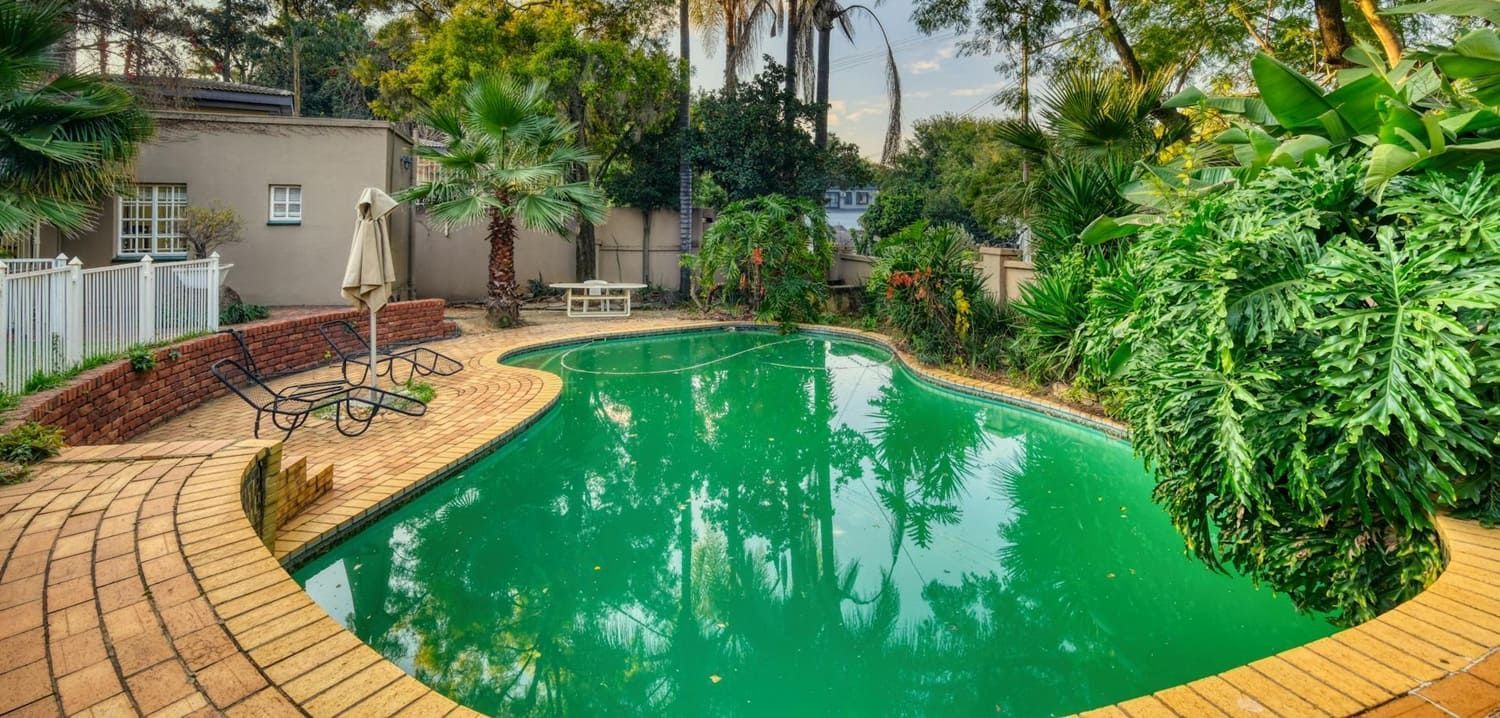
By LayorCare Blogger
•
November 4, 2025
Learn the best way to effectively remove algae from your pool and keep your water sparkling clear. Discover eco-friendly, expert-recommended solutions and proven pool maintenance strategies to prevent and eliminate algae growth for a healthy swimming environment.

